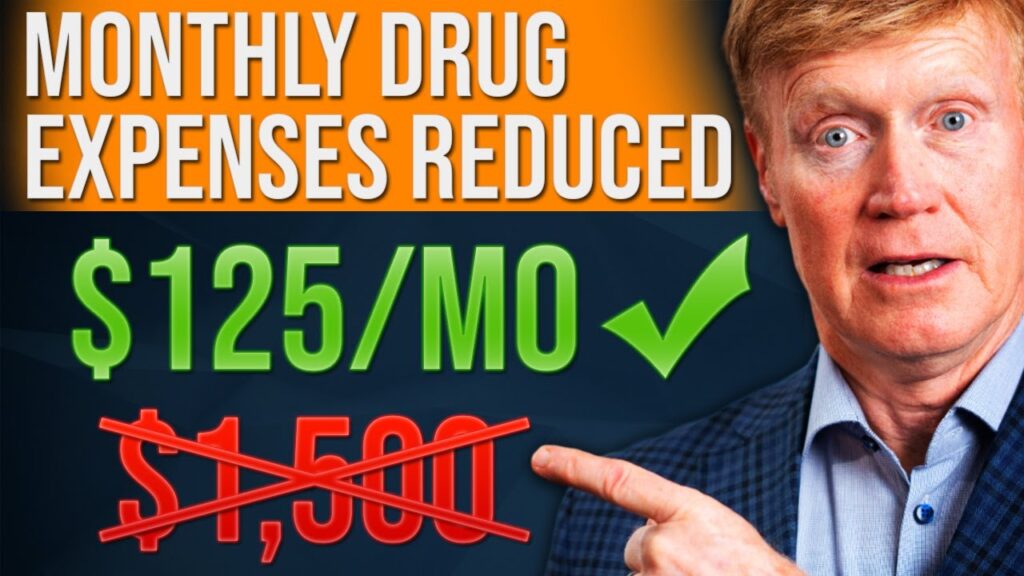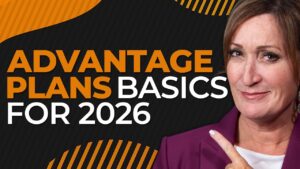How the Inflation Reduction Act Impacts Medicare Prescription Drug Costs in 2025

The Inflation Reduction Act, signed into law in August 2022, has brought significant changes to Medicare, particularly in the realm of prescription drug plans. These updates aim to reduce financial burdens for beneficiaries, making essential medications and vaccines more accessible. Here’s a breakdown of what’s changing and how it benefits Medicare recipients in 2025.
Key Changes Under the Inflation Reduction Act
The Inflation Reduction Act has introduced critical updates to Medicare over recent years. In 2023, insulin costs were capped at $35 per month, significantly lowering out-of-pocket expenses for insulin users. Additionally, vaccines like flu, pneumonia, Hepatitis B, and shingles are now covered at zero co-pay, removing financial barriers to these essential immunizations.
In 2024, Medicare drug plans will see the catastrophic phase eliminate the 5% co-insurance responsibility, capping annual out-of-pocket expenses at $3,300–$3,800. By 2025, the Medicare landscape will change further, with the elimination of the coverage gap (commonly called the “doughnut hole”) and the introduction of a $2,000 spending cap for prescription drugs.
The New Medicare Prescription Payment Plan
To ease the financial strain of the $2,000 out-of-pocket cap, Medicare is introducing a payment plan that allows beneficiaries to spread costs over the year.
The plan divides out-of-pocket expenses into three phases:
- Deductible Phase: Patients cover 100% of medication costs up to $590.
- Initial Coverage Phase: Patients pay 25% of drug costs, with the plan covering 75% for generics and 65% for brand names.
- Catastrophic Phase: No out-of-pocket costs, as expenses are covered by the drug plan, Medicare, and manufacturers.
This phased structure ensures beneficiaries have predictable costs and a manageable payment schedule throughout the year.
How the Payment Plan Works
The payment plan doesn’t reduce costs but makes them more manageable by spreading expenses. Here’s how it operates:
- The first month’s payment is calculated based on the $2,000 cap divided by the remaining months or the actual cost of medications, whichever is higher.
- Monthly payments adjust based on the remaining balance and months left in the year.
This flexibility is particularly beneficial for those with high-cost medications, enabling them to avoid large upfront expenses.
Scenarios and Examples
High-cost medication users will benefit most, as their payments are spread evenly until the $2,000 cap is reached. However, individuals with lower annual drug costs may not find the plan advantageous since their monthly payments might exceed actual medication costs. For mid-year enrollees, payments will adjust dynamically based on when they join and their medication needs.
Who Should Consider the Payment Plan?
The payment plan is voluntary and incurs no additional cost. However, it isn’t suitable for everyone:
- Individuals with low yearly drug costs or those who enroll after September may not benefit.
- Those eligible for extra help, Medicare Savings Programs, or other assistance programs may not find the plan necessary.
- Individuals who prefer paying directly at the pharmacy might opt out as well.
To enroll, beneficiaries must first select a Part D plan and then opt into the payment plan through their carrier’s website or by phone.
Final Thoughts
The Medicare Prescription Payment Plan introduced under the Inflation Reduction Act represents a significant step toward making healthcare more affordable for seniors. While it doesn’t reduce overall costs, its flexibility and predictable payment structure offer much-needed relief for beneficiaries with high medication expenses.
As Medicare continues to evolve, understanding these changes is crucial for making informed decisions about your healthcare. Consider your medication costs, financial preferences, and eligibility to determine if the payment plan aligns with your needs.







